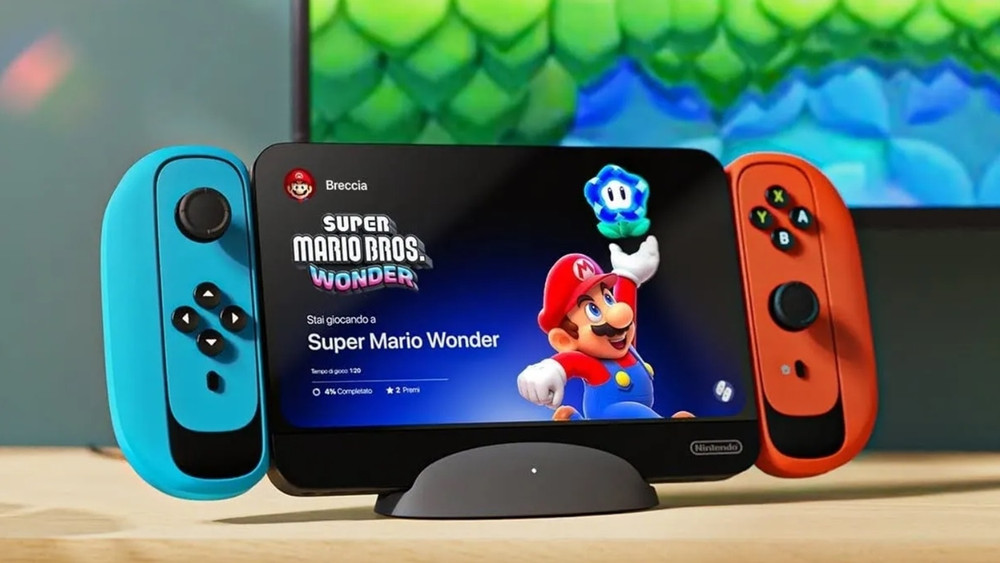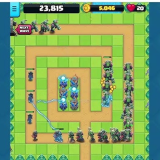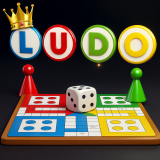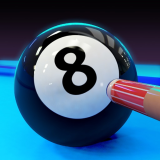Let's cut through the noise. The conversation around Nintendo Switch ROMs is often a chaotic mix of misinformation, technical jargon, and heated debate. But at its core, it's about something every true gamer understands: the desire to experience beloved games in new and powerful ways. This isn't just about playing on a different screen. It's about pushing boundaries—unlocking higher resolutions, experimenting with mods that can transform a game's very soul, and ensuring the masterpieces of this generation are preserved for the future. It’s a world where your legally owned copy of Breath of the Wild can be rendered in stunning 4K on a high-end PC, a testament to the passion of a community dedicated to the art of gaming itself.
The 'Vulkan Velocity' Update: Emulation Scene Heats Up
The emulation landscape is constantly shifting, and the recent "Vulkan Velocity" initiative has sent major shockwaves through the community. Developers behind leading emulators like Ryujinx have released massive updates focused on optimizing the Vulkan graphics API. The result? A staggering performance uplift, particularly for AMD graphics card users who previously faced bottlenecks. Games that once struggled to maintain a stable 30 FPS are now hitting a buttery-smooth 60 FPS on mid-range hardware.
This isn't just a minor patch; it's a fundamental rewrite of how the emulators handle graphical processes. It has drastically lowered the barrier to entry for high-performance Switch emulation, making it more accessible than ever. The update also includes enhanced compatibility for a slew of indie titles and complex RPGs, bringing hundreds of games from "playable with issues" to "flawless" status overnight.
How to Use Nintendo Switch ROMs
Getting started with Switch emulation is a project, not a simple plug-and-play experience. It requires a specific set of components and a willingness to learn. The core principle revolves around using a PC application (an emulator) to simulate the Switch's hardware, allowing it to run game files (the ROMs).
- The Emulator: You'll need a powerful emulator program like Ryujinx or a fork of the now-discontinued Yuzu. These are the engines that run the games.
- Your Game Files: These are the digital versions of your games, typically in .NSP or .XCI format. The only legal and ethical way to obtain these is by dumping them from game cartridges that you personally own.
- System Files: To run, the emulator also needs firmware and security keys (prod.keys) dumped from your own Nintendo Switch console.
The process demands a solid understanding of file management and a PC with a capable modern CPU and GPU. It's a setup for enthusiasts who enjoy tinkering to achieve the perfect gaming experience.
The Emulation Deep Dive: Your Questions, Answered
So, is using Nintendo Switch ROMs actually legal?
This is the most critical question, and the answer is nuanced. The emulators themselves are impressive pieces of reverse-engineered software and are perfectly legal to download and use. However, the game files—the ROMs—are copyrighted. Downloading a ROM for a game you do not own is illegal software piracy, period. The legally and ethically sound path is "cartridge dumping," a process where you use homebrew software on your own Switch to create a personal digital backup of a game you have purchased. This backup is for your personal use on an emulator.
What's the difference between .XCI and .NSP files?
Think of it this way: .XCI files are essentially a 1:1 digital copy of a physical game cartridge, including all the data, updates, and DLC that would be on that cart. .NSP files, on the other hand, are closer to the format of games downloaded from the Nintendo eShop. They often come in separate files for the base game, its update, and any DLC. For emulation purposes, both formats work well, but managing multiple .NSP files for a single game can sometimes be more cumbersome than a single, all-in-one .XCI file.
Is emulation just a backdoor for piracy?
That's a common misconception. While the technology can be misused for piracy, the core motivation for many in the emulation community is preservation and enhancement. Consoles don't last forever. Hardware fails, and online stores shut down. Emulation ensures that today's vast library of games, from blockbuster hits to obscure indie gems, won't be lost to time. Furthermore, it allows players to experience their legally owned games in ways the original hardware can't offer—like with 4K upscaling, custom texture packs, and gameplay mods that add entirely new dimensions to classic titles. It's a huge part of what makes PC gaming so vibrant, similar to the massive modding communities you see on platforms like CrazyGames.
What kind of PC do I need to run these games well?
Switch emulation is more demanding on your CPU than your GPU. You'll want a modern processor with strong single-core performance—think an Intel Core i5 or AMD Ryzen 5 from the last few generations, at a minimum. For a graphics card, something like an NVIDIA GeForce GTX 1660 or AMD Radeon RX 580 can handle 1080p, but you'll need a much more powerful card (RTX 30-series or newer) for 4K. At least 16GB of fast RAM is also highly recommended.
I love the variety of Switch games. What can I play if I don't have a high-end PC?
That's the beauty of modern gaming! High-end emulation is just one corner of the universe. If you're looking for a massive variety of fun without needing a beastly computer, the world of browser-based gaming is incredible. You can jump right into thousands of titles, from complex puzzles to thrilling sports games, on almost any device. It's a great way to get your gaming fix instantly.
- First important point about the content
- Second point with detailed explanation
- Another noteworthy detail
- Final concluding thought





